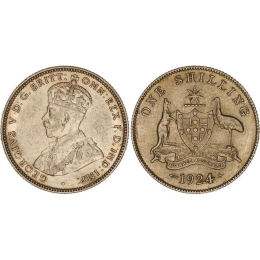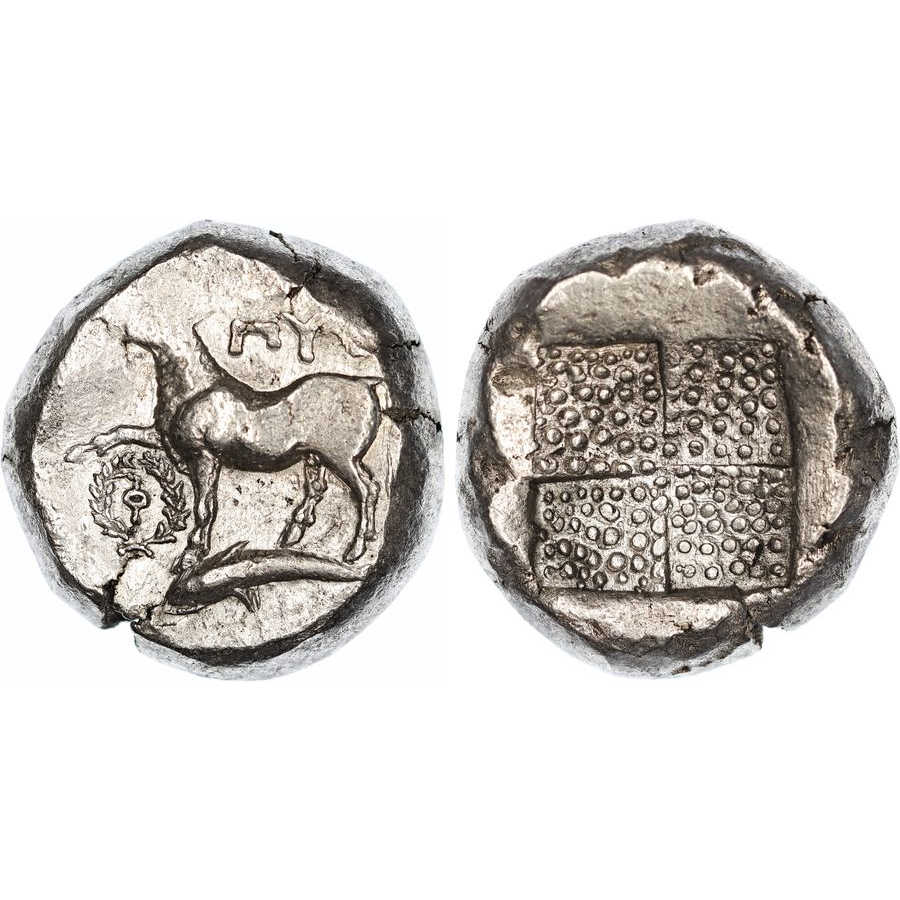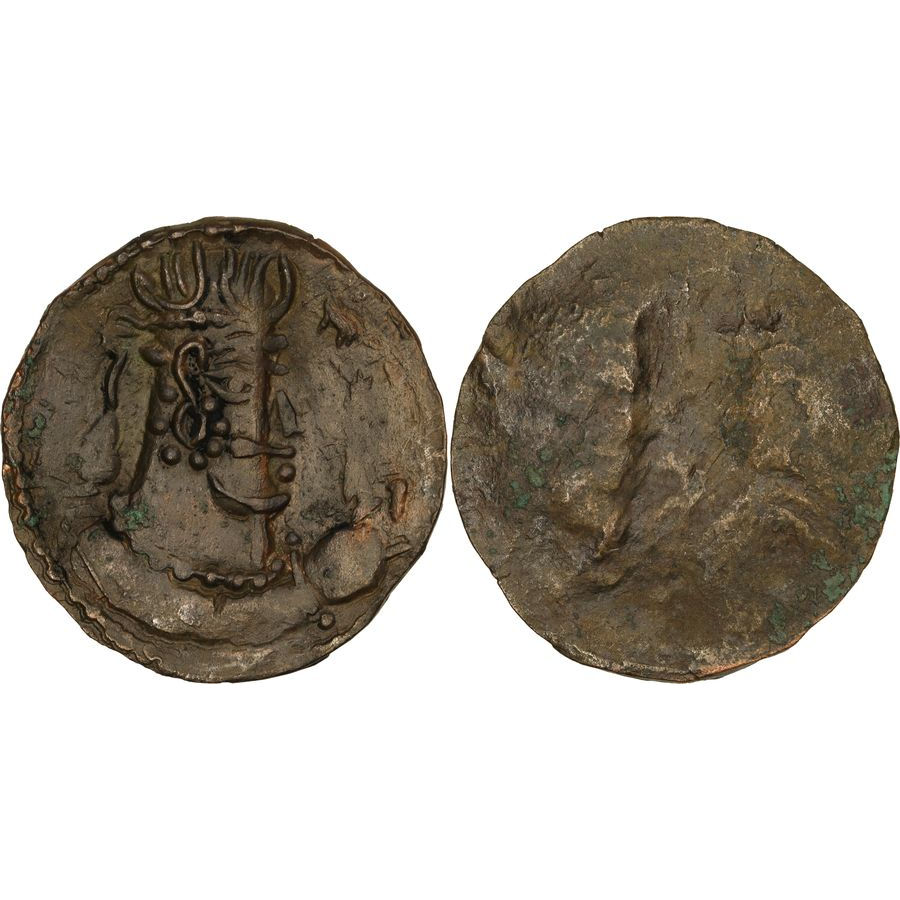Description
Portuguese Empire, State of Brazil, John V ‘o Rei-Sol Português’ (‘the Portuguese Sun King’) of the House of Braganza, King of Portugal 1706-1750 AD, Gold Dobra of 12,800 Réis (28.47g, 38mm), 1731 M, Vila Rica mint, Captaincy of Minas Gerais. Obverse: Laureate bust of King John V facing to the right, date and mintmark below, legend surrounds, “IOANNES. V. D.G. PORT. ET. ALG. REX”. Reverse: Royal Coat of Arms of the Kingdom of Portugal. KM-139; Bentes-105.12 (rope border). Certified and graded by PCGS as Almost Uncirculated 58. Possibly a little under-graded, a bold piece and at the pinnacle of the Australian Proclamation series.
The Obverse Latin legend reads “Iōannēs quīntus, Deī Grātiā, Portucalis et Algarviae Rēx”, which has an English translation of “John the Fifth, by the Grace of God, King of Portugal and Algarve”.
The gold Dobra of the Portuguese Empire was a gold piece with a face value of 12,800 Réis and was struck to a weight of an ‘Onça’ which was 28.68 g of 22-carat, and were often called ‘8 escudo’ due to their similarly sized Spanish gold coin. It was issued during the Brazilian Gold rush of the 18th century and is often referred to as a ‘Johanna’ as it was the largest circulating coin of the ‘Joannese’ Numismatic series (1722-1835 AD), a series named after King John V – these pieces were in far contrast to the previous ‘moeda d’ouro’ series which did not feature a portrait. There were two non-circulating denominations larger than the Dobra of 12,800 Reis, the double or ’16 escudos’ and the triple of ’24 escudos’ – these are likely presentation pieces as there appears to be only 3 known of each. Although a Portuguese coin, the British government assigned the Dobra a face value of 3 pounds 12 shillings due to its frequent circulation in England, and in 1800 AD, it became the largest value monetary denomination chosen by Philip Gidley King, the Governor of New South Wales, for the ’Australian Proclamation’, Australia’s first monetary system. In order to retain coinage within the Australian colony, each ‘Proclamation coin’ was given a high face value – the Dobra was revalued to Four Pounds, 8 shillings higher then when used within England.
![Portuguese Empire, Brazil, John V, 12,800 Reis, 1731M [ACP4-41] - Image 2](https://colonialcoins.com.au/wp-content/uploads/2025/07/ACP4-41-1.jpg)





